Between 1996 and 2006, the NSF-supported CGR at the Industry-University Cooperative Research Center (IUCRC) led groundbreaking initiatives that significantly advanced the glass industry. Hosted by Alfred University (AU), the University of Missouri at Rolla – now Missouri S&T, and The Pennsylvania State University (PSU), this center initiated lasting partnerships with key U.S. glass industry leaders and made substantial contributions to the field of glass science and technology.
The research projects developed during this period yielded new insights and technological advancements, leaving a lasting impact across various domains influenced by glass, including basic science, manufacturing, defense, and biomedical technologies. The achievements of the center continue to influence the glass industry positively to this day.
A key achievement of the previous center was also guiding students from these universities into careers within the industry—cultivating a highly qualified and skilled workforce pipeline to support a thriving industry. The previous CGR was able to drive innovation and professional development, addressing longstanding problems of the glass industry; however, in recent years, new grand challenges have risen for the glass industry including a push to decarbonize, a wider customer base with new requirements for advanced technologies, and need for higher performance in everyday glasses. While new challenges have emerged, the creation of new tools has offered a new pathway to solving some of the industry’s most complex problems. These new tools include advanced in-situ characterization with real-time sensing, breakthroughs in machine learning, and new approaches to simulating non-equilibrium materials.
The new CGR is dedicated to leading innovations in glass science by integrating fundamental research with state-of-the-art experimental and computational methods to solve the newest and most pressing challenges for the glass industry. We aim to make significant contributions to fields including basic science, manufacturing, defense, and energy. Building on its historical successes, this revitalized center will tackle both longstanding and emerging challenges in the glass industry. PSU, AU, and Missouri S&T form an ideal collaborative team for this center as each institution has built their own capabilities to serve the glass industry—yet no single institution has all of the capabilities required to meet these rigorous demands on their own. By forming this center collectively, the team can systematically tackle the major fundamental scientific challenges facing the glass industry today.
